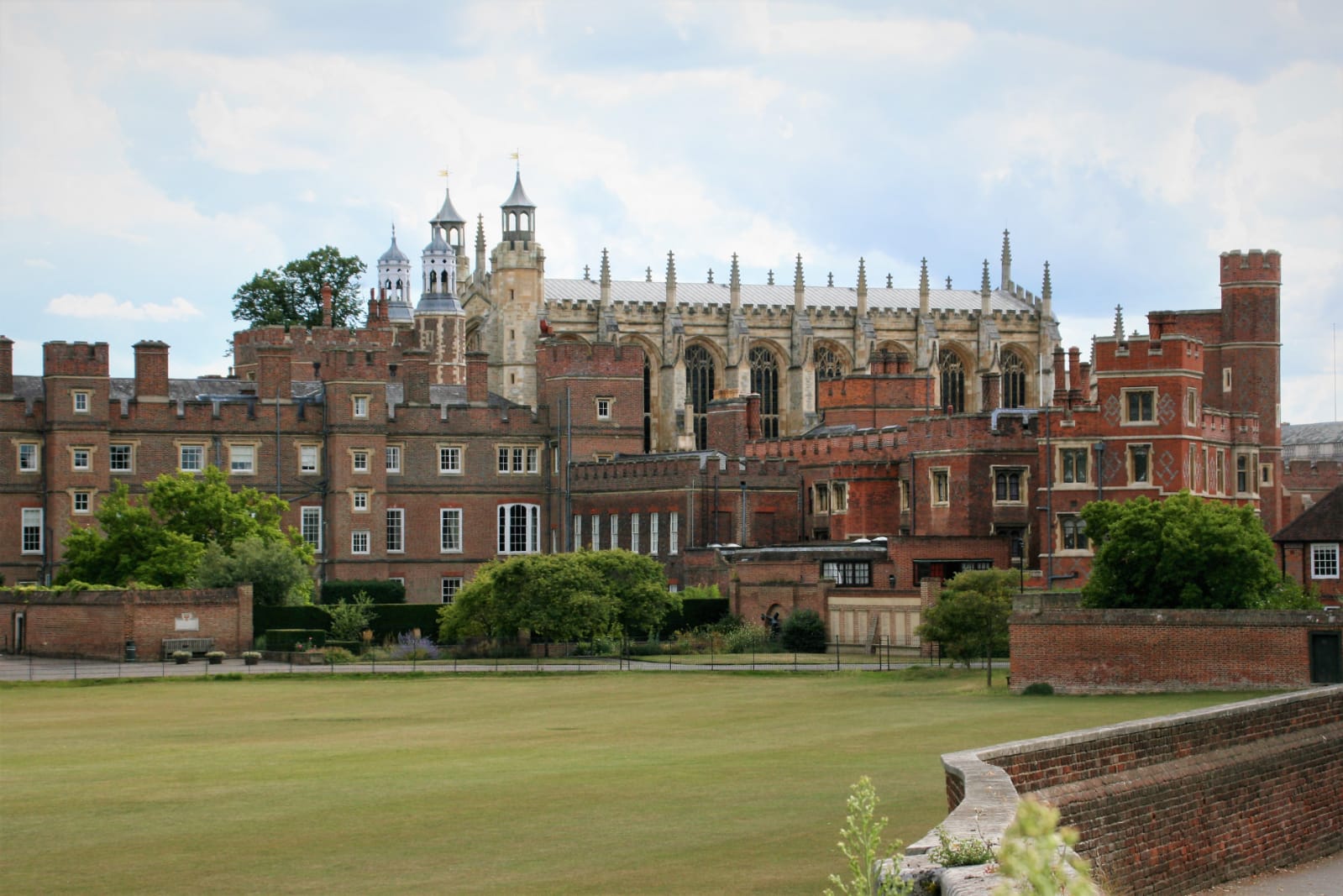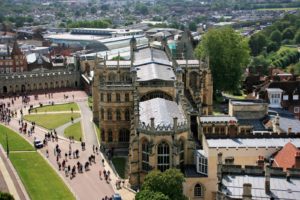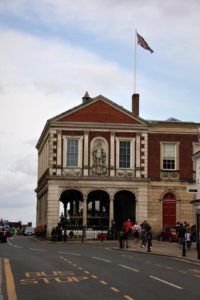I love the Boatman for there I can eat in style. It is great to sit by the river in the grounds of the same pub mentioned in the piece on Windsor. I was in good company this time and the sun was shining. Lunch had been demolished and I toyed with the idea of indulging in some broken pavlova, mixed in with strawberries and lashings of cream. Instead I decided to cross over Windsor bridge and explore the town of Eton rather than indulge in its namesake dessert. My waistline almost expressed its gratitude for non-indulgence as I set about seeing if there was a link between the town and the dessert. It is rumoured that the dessert was to be served at some time during a cricket match between Eton and Harrow, it was dropped (hence the mess), and scooped up and served as it was.

I crossed the famous bridge, like so many have done before me. I expect that many visitors to Windsor have not gone on to explore the other side of river and the famous town but rather stay on the bridge and capture an image of the castle from there. Instead I left Windsor behind and started to make my way up the high street which is possibly like no other in the land but, sadly, on this day resembled more of a building site than a bespoke arcade. The ubiquitous British flags and bunting still adorned the street, providing much colour above as cars littered the street below. Whilst walking along the pavement I was drawn to some lonely books for sale outside a bookshop. I picked up one that said, “considered to be Dickens’ finest novel”. What a great purchase this may prove to be, as I look to create my own library and find a love of reading. Oh, where was this appetite when I was young? I went to purchase the book and grabbed a booklet regarding the “Eton walkway”. To my delight I was informed by the quaint man behind the desk that it was free. I was delighted that purchasing a book had resulted in the acquisition of a free guide to my afternoon of meanderings. So, I left with one of England’s finest works and a guide to show me the best bits of this town.

As I wandered up the high street, I was able to identify the points of interest as my step by step guide explained them all to me. A red pillar box, for example, once a common feature on the streets of our nation, only this one is a rare one indeed. Only 10 of these types of box exist in the country, and as a result it is grade II listed. A vertical slot for posting letters was puzzling to see. The guide took me further up the high street passing the Porny School towards Baldwin’s bridge. Just before the bridge are a couple of colourful shops that, on closer inspection, proved to be tailors. How does such a small town justify two tailors? Well this high street probably relies heavily on its ‘town and gown’ tag for just over Baldwin’s bridge lies Eton College.

The famous college was founded in 1440 by Henry VI and is dedicated to the Virgin Mary. As one approaches the college from the high street the first part one sees is the chapel. Not looking like a chapel, one can only assume what it’s like on the inside. The windows in the chapel were destroyed in 1940 during the bombing raids on England. On the outer edge of the chapel and, unlike much of the college, able to be seen by all is a plaque regarding William de Waynflete, a former bishop of Winchester, who paid for the completion of the chapel.

From here one approaches the main gates to the school. It costs around £14,000 per term for education at the college. Originally 70 scholars were educated for free and provided with accommodation. Whether this is still the case in these financial times I’m not sure – I doubt it. Access to the school is very limited but a sneaky look through the grand gates will allow one to see the statue to the founding king in the centre of the quadrangle.

The college dominates much of the town, with 24 houses providing accommodation for over 1300 pupils. The mind begins to boggle at the finances this school operates with – oh how different to the budgets in state schools. On the other side of the road lies the second main quadrant of buildings for the school. Immediately you are drawn to what lies in front of the centre archway. What school do you know that has a historic cannon on display? A completely different world. It does provide wonderful photo opportunities as the marvellous stonework behind the cannon adds to the image.

The walkway then started to bring me out of the town. It was here that perhaps the finest view of the college was captured. As I stood there and took the picture I wondered if I was actually taking a picture of a college in Cambridge. Is there a link between the two establishments? It was also at this point I had passed some surprising iron rungs in the wall with my guidebook informing me that these are there to provide pupils access to the top of the wall to watch the ‘The Wall Game’. This takes place in the autumn term and is perhaps unique to this college.

The next part of the walkway involved me getting a little lost as I tried to pick up access to more of the buildings across the college’s greens. I eventually found my way back onto Common Lane which brought me back to the main college buildings and the top of the high street. It was here that I found ‘the burning bush’. Designed to help the boys cross the road safely, it was moved from its original location when the cannon was put in place. Now a significant landmark of the town and photographic opportunity, it also takes its place in front of a doomed building which bears similarities to that of Radcliffe Camera in Oxford.

Pressed for time, I return towards the river, passing some other points of interest which include the natural history museum and the museum of antiquities before coming across the church of St John. The church is now a shadow of former glories and has had to find a new way of surviving, the school coming to the rescue and converting it into accommodation and a local doctor’s surgery. Oh, how the religious landscape of this nation has changed.

My return to the river beneath Windsor castle completed the ‘Eton Walkway’. It had been an incredibly informative and pleasantly surprising walk. I left with another book for ‘my library’ and many happy memories. Anyone who visits Windsor must plan a longer trip than those arranged from London as they only give the visitor a couple of hours here. Windsor and Eton are worthy of more than a casual glance. Stay a night and spend some serious time here and you never know what you might find for across the river lies the town of Eton, dominated by a famous school and the town is associated with a dessert we all surely love. Why wouldn’t you want to explore Eton?
Eton, England, United Kingdom









